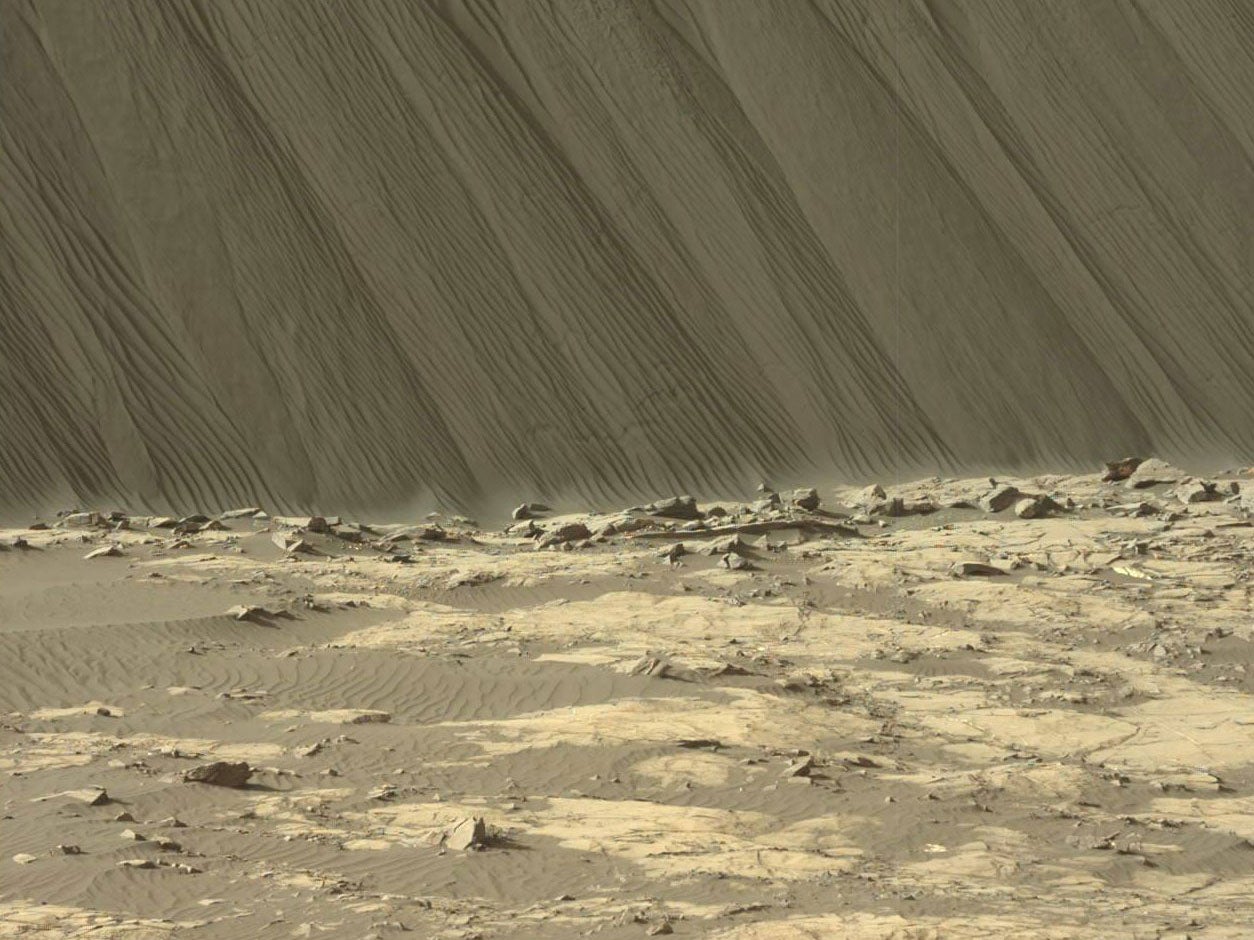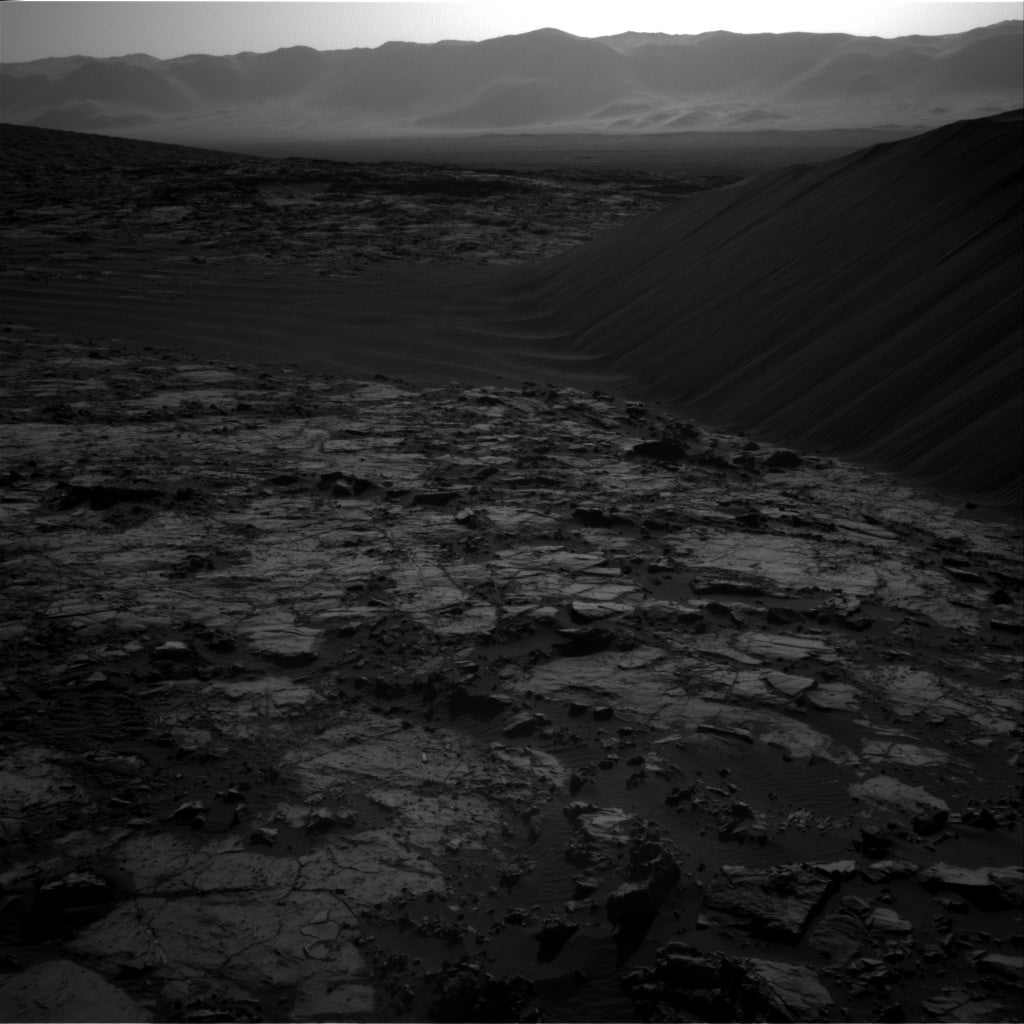Nasa releases stunning pictures of Martian sand dunes taken by Curiosity Rover
Curiosity's position near the dune will allow geologists to get the first-ever close looks at dunes on another planet

Your support helps us to tell the story
From reproductive rights to climate change to Big Tech, The Independent is on the ground when the story is developing. Whether it's investigating the financials of Elon Musk's pro-Trump PAC or producing our latest documentary, 'The A Word', which shines a light on the American women fighting for reproductive rights, we know how important it is to parse out the facts from the messaging.
At such a critical moment in US history, we need reporters on the ground. Your donation allows us to keep sending journalists to speak to both sides of the story.
The Independent is trusted by Americans across the entire political spectrum. And unlike many other quality news outlets, we choose not to lock Americans out of our reporting and analysis with paywalls. We believe quality journalism should be available to everyone, paid for by those who can afford it.
Your support makes all the difference.Nasa has released more incredible images of the surface of Mars, this time sharing pictures of giant Martian sand dunes taken by their Curiosity rover.
The newly-released pictures were taken on 18 December, which was Curiosity's 1,197th Martian day in operation.
Showing the so-called 'Namib dune', which is around 5 metres tall, and the far-reaching flat plains around it, it's striking how similar the surface of Mars looks to deserts on Earth.

However, the differences between the two landscapes should become clear once Curiosity makes some closer inspections - it's currently examining dunes in the Bagnold field, giving scientists and geologists the first-ever close look at active sand dunes on another planet than the Earth.
Now that Curiosity has arrived in the region, researchers from the US Geology Survey's (USGS) Astrogeology Science Centre will start conducting tests and experiments on the surface material - using Curiosity's wealth of scientific instruments to study the chemical makeup and grain size of sand on Mars's surface, as well as monitoring the atmosphere using Curiosity's visual cameras.
It's yet another piece of important work for the rover, which in its time on the Red Planet has made the huge discovery of flowing water on Mars - a find which has huge implications for the possibility of life on the planet.
Join our commenting forum
Join thought-provoking conversations, follow other Independent readers and see their replies
Comments